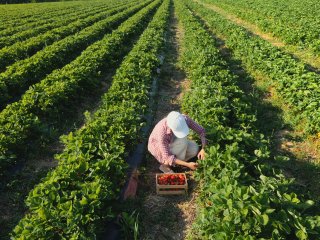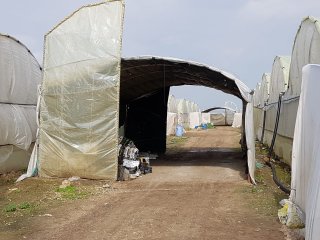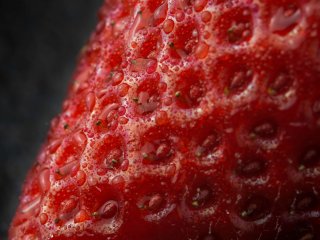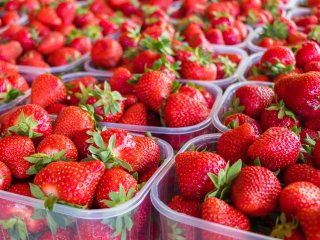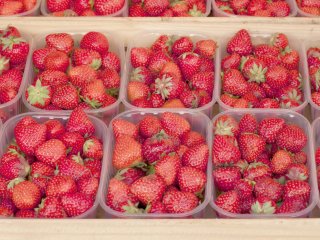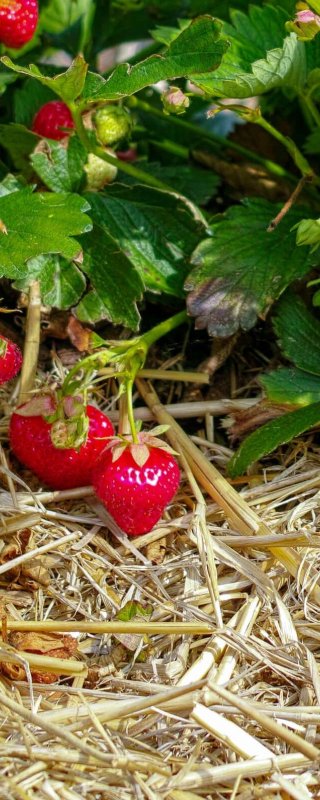
The strawberry chain
Practices in each step of the strawberry chain have a great influence on the postharvest quality and shelf-life. By using appropriate harvest processes and chain conditions, quality can be maintained longer and shelf life can be extended. Failure to follow these processes may result in a high degree of loss or deterioration of the product to a lower quality class. Every step in the chain is important for success later in the chain.

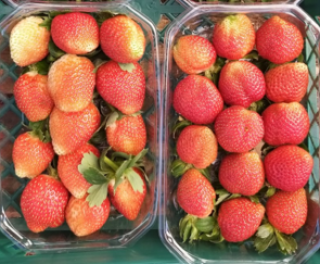
Aim for high quality strawberries
Strawberries can be grown under many different circumstances on the field, in a tunnel greenhouse, in a glashouse or even in vertical farms. The growing conditions have an influence on the quality of the strawberries. The strawberry chain is focused on delivering a high quality product. This is not always easy as strawberries are delicate products and easily damaged. Especially for strawberries it is of utmost importance to have correct handling by supply chain actors from the moment of harvest until acceptance at the final customers. Strawberries require careful handling, an in time optimised supply chain, and low temperature during transport and distribution to extend shelf-life. The difference between very careful handling and ‘normal’ handling may show after a few days in a significantly reduced damage rate. At a longer shelf-life, this difference becomes even bigger. Careful product handling and temperature management are important throughout the entire strawberry supply chain. Think in minutes rather than in hours.
Attention points in the strawberry chain
Poor handling in any stage of the strawberry chain will reduce quality and satisfaction by the consumer
